Where EVs end up costing more
Insuring a vehicle is mandatory in all but one state (New Hampshire, what are you doing?), but is often overlooked for those looking to buy or lease a new vehicle because costs have remained mainly stagnant. While it used to cost much more to insure a Mercedes compared to a Toyota, that delta has narrowed in the past few years.
With the continued push into electrification, however, insurance rates are spiking. A new report from Insurify underscores that while purchasing an EV sounds like a great option, insuring one might be prohibitively expensive. On average, insurance costs for EVs have gone up 16 percent in the past 12 months. When a gas-powered alternative is offered, the cost to insure the fully electrified version of a car is typically 49 percent higher.
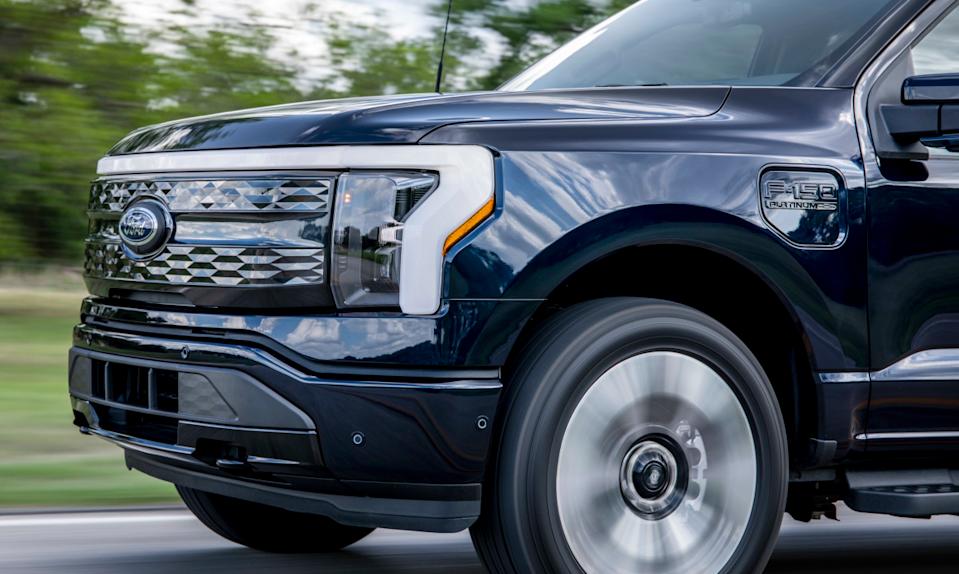
EVs are exceptionally expensive to insure
Four Teslas - the Model X, Model 3, Model Y, and Model S - are the most expensive EVs to insure. Only the Model S, at $3,909, is below the $4,000 mark among the four models on Insurify’s list. Since Tesla doesn’t make ICE vehicles, Insurify compared them with similar vehicles for its insurance cost analysis. Among these comparisons, only the Model S compared to an Audi Q7 is cheaper to insure than its gas-powered counterpart.
Apples-to-apples comparisons are available and equally jarring. A Cadillac Lyriq costs $3,752 to insure for a full year, while the gas-powered Cadillac XT5 costs $2,671 for a full year of insurance. A Hyundai Ioniq 5 is almost $1,000 more to insure, annually, than a Hyundai Kona, while the Honda Prologue is similarly more expensive to insure than a CR-V.
It’s not all bad news, though. A Volkswagen ID.4 is about $240 more to insure annually than the Tiguan. A Ford F-Series Lightning is less than $200 more than its ICE counterpart, and the same can be said for the Chevy Bolt when compared to the Chevy Trax.
What state you live in matters, too
Where EV adoption is higher, insurance costs for EVs are lower. New Jersey, California, Maryland, Illinois, and Arizona are the five states where drivers pay the least to insure EVs. That said, even the most affordable state, New Jersey, sees insurance rates for EVs that are 15 percent more than those for ICE vehicles. This suggests that insuring an EV will typically be more expensive than insuring a gas-powered car.
Arkansas is the worst state for insuring an EV, with rates almost twice as high (99 percent) as ICE vehicle insurance rates. EV adoption in the state is about 0.27 percent, well below the national average of 1.24 percent. Because adoption is slow, few service centers can work on EVs, and there are fewer charging stations in the state, which increases how often drivers may need roadside assistance and limits where insurers can send vehicles for repairs. EVs are also more likely to be totaled when involved in an accident.
Pennsylvania, Idaho, Iowa, and Delaware round out the top five, all with 76 percent or higher insurance rates for EVs when compared to gas vehicles.
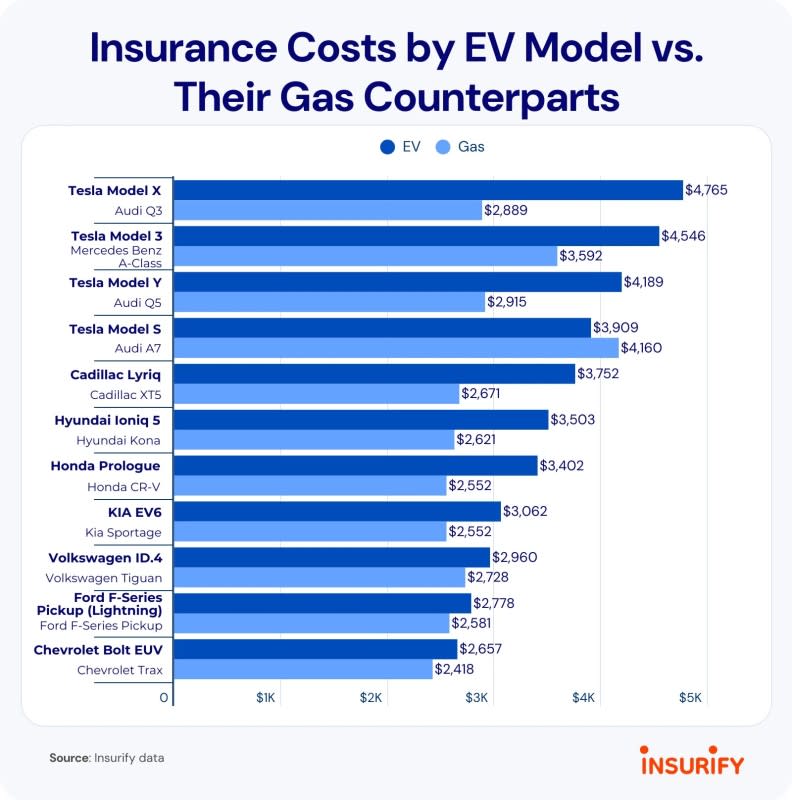
Final thoughts
It’s best to get an insurance quote before you purchase any vehicle, particularly an EV. You should also examine charging costs, including home charging. Any savings versus paying for gas may offset increased insurance costs. Even with savings, it’s doubtful that the cost to insure EVs will come down any time soon. As federal tax credits for EVs are set to expire at the end of September, many buyers say this will affect whether they purchase an EV at all, further damaging adoption rates and potentially disrupting infrastructure plans.
This story was originally reported by Autoblog on Aug 23, 2025, where it first appeared in the News section. Add Autoblog as a Preferred Source by clicking here.

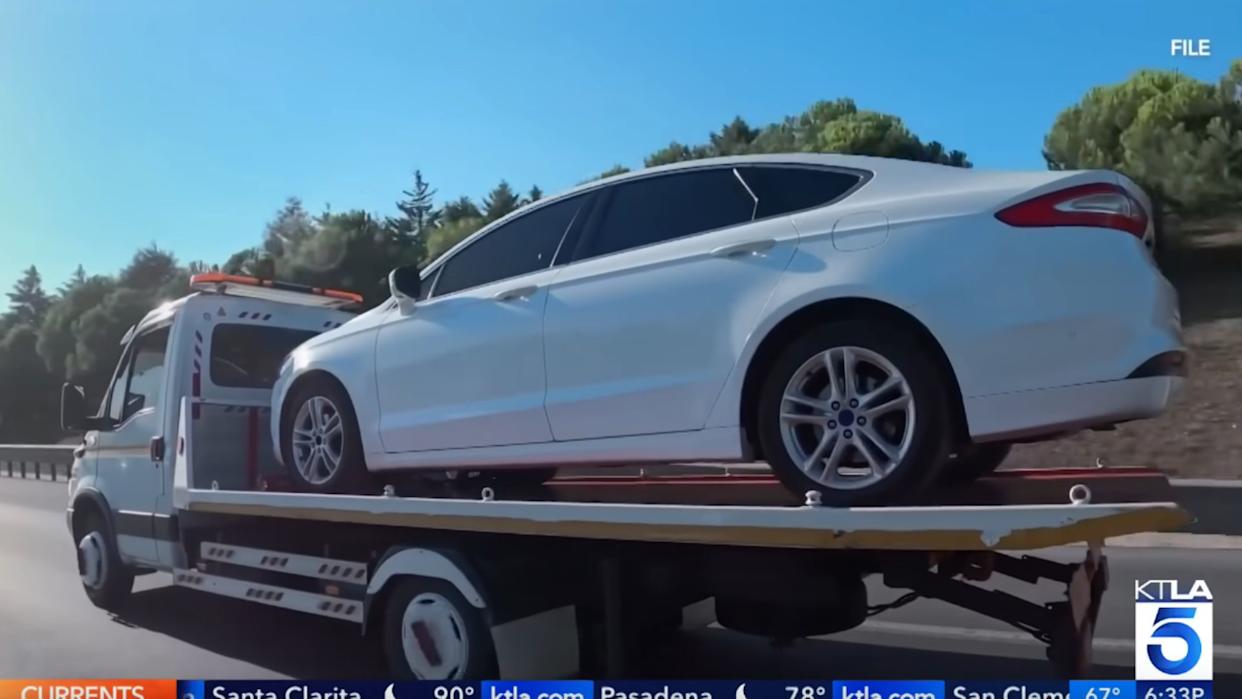


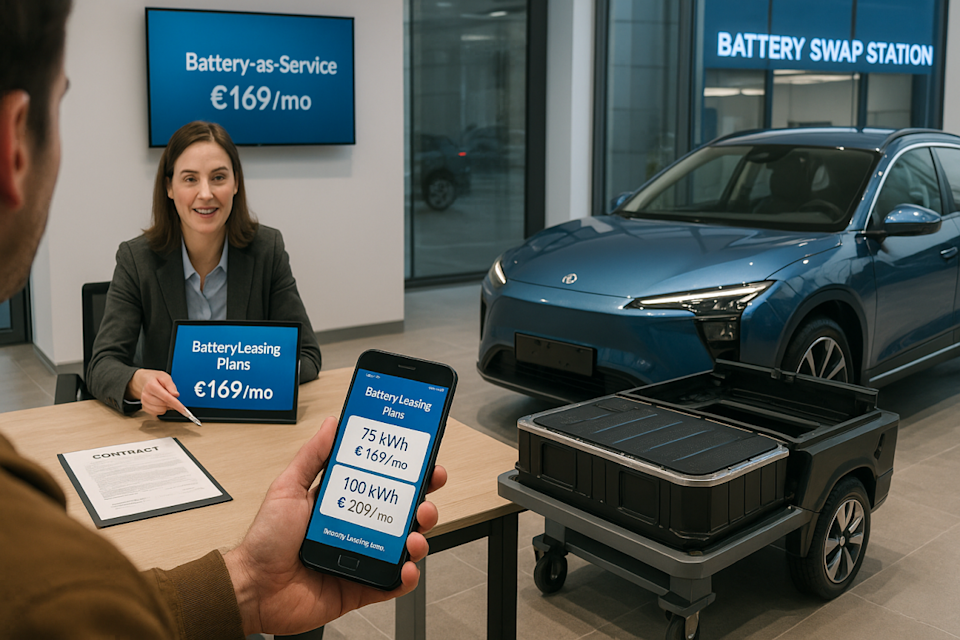


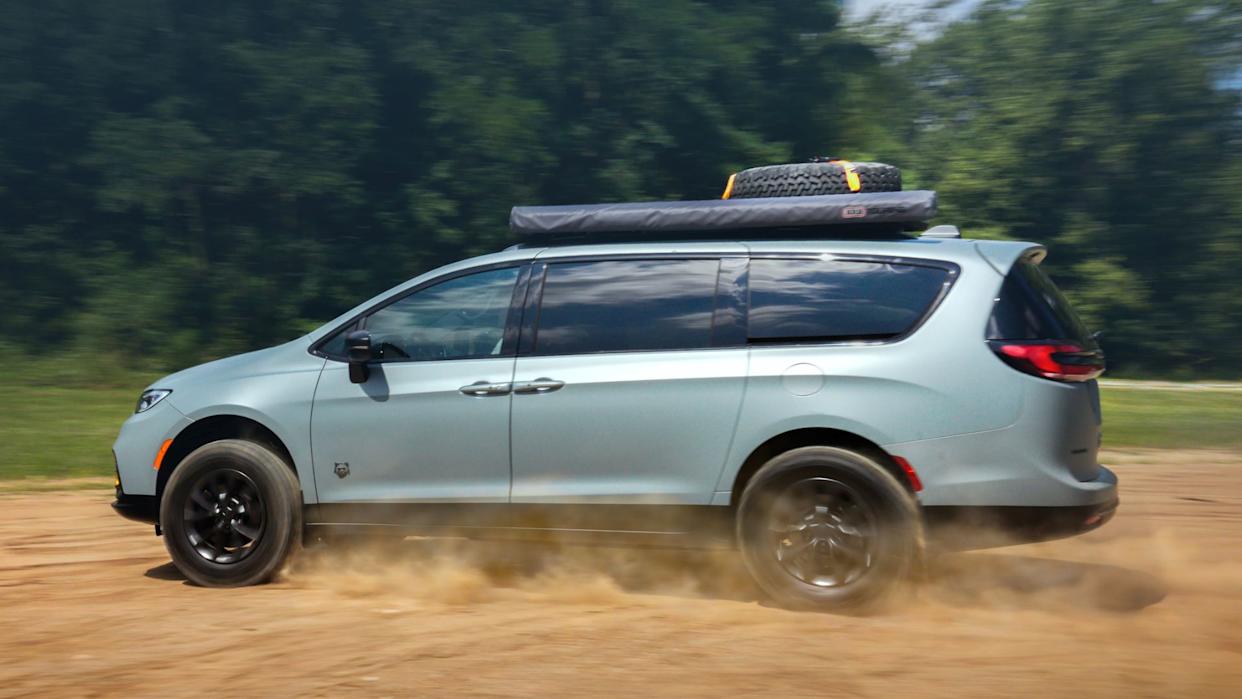
Comments